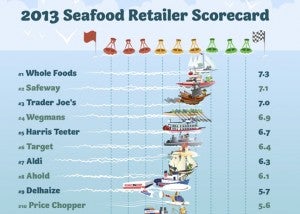Heavy metals can either be an essential part of your diet or toxic and deadly. For instance, iron is needed for blood; however, men can build up toxic levels of iron as they grow older.
Living organisms require varying amounts of “heavy metals”. Iron, cobalt, copper, manganese, molybdenum, and zinc are required by humans. Excessive levels can be damaging to the organism. Other heavy metals such as mercury, plutonium, and lead are toxic metals and their accumulation over time in the bodies of animals can cause serious illness. Certain elements that are normally toxic are, for certain organisms or under certain conditions, beneficial. Examples include vanadium, tungsten, and even cadmium.
Heavy metal toxicity can result in damaged or reduced mental and central nervous function, lower energy levels, and damage to blood composition, lungs, kidneys, liver, and other vital organs. Long-term exposure may result in slowly progressing physical, muscular, and neurological degenerative processes that mimic Alzheimer’s disease, Parkinson’s disease, muscular dystrophy, and multiple sclerosis. Allergies are not uncommon, and repeated long-term contact with some metals (or their compounds) may cause cancer.
– Wikipedia
Do not eat:
- Shark
- Swordfish
- King Mackerel
- Tilefish
Nearly all fish and shellfish contain traces of mercury… some fish and shellfish contain higher levels of mercury that may harm an unborn baby or young child’s developing nervous system. The risks from mercury in fish and shellfish depend on the amount of fish and shellfish eaten and the levels of mercury in the fish and shellfish.
– The FDA of the United States of America
Heavy Metals Song from the album Food For Thought
